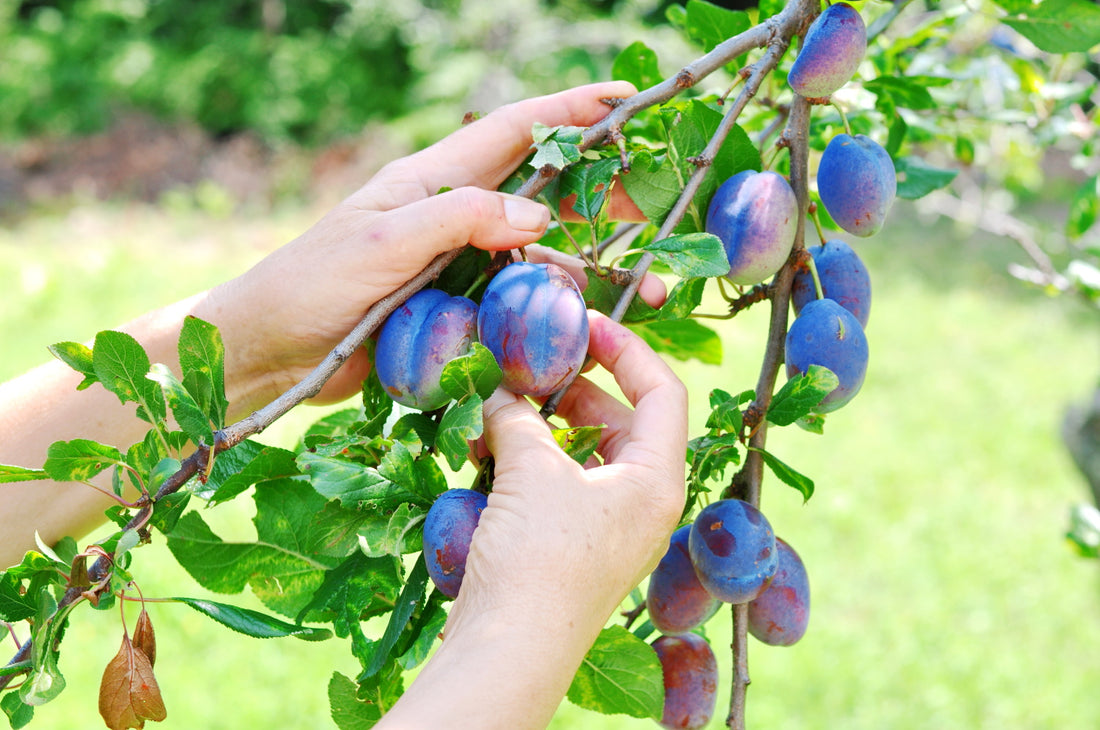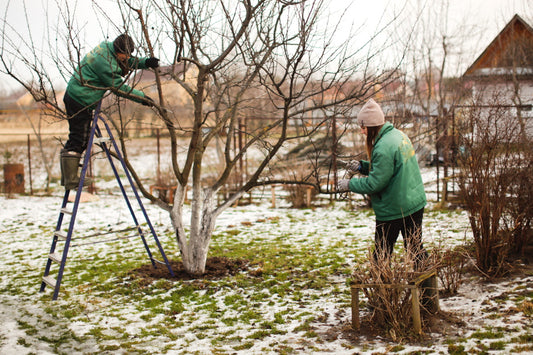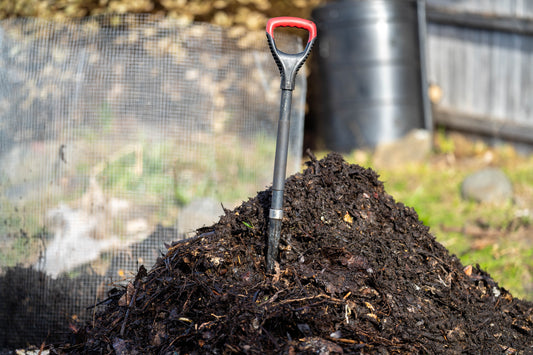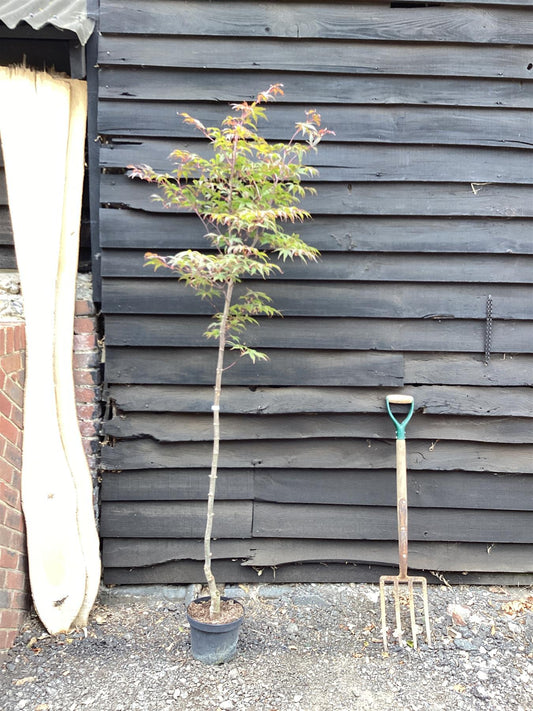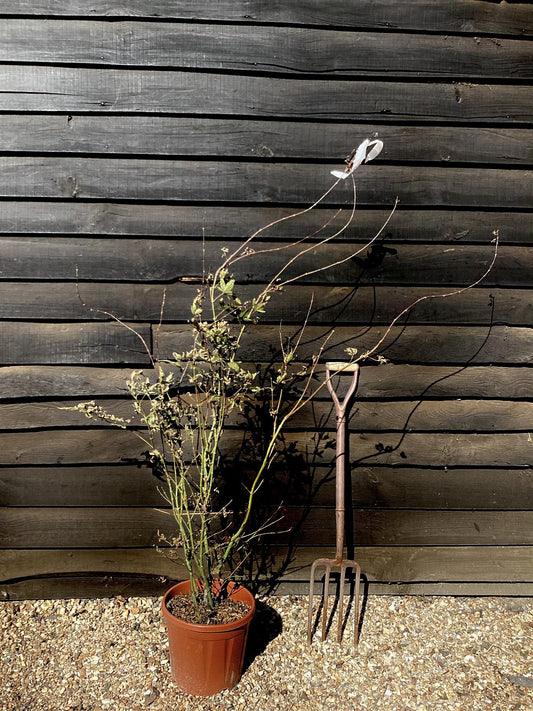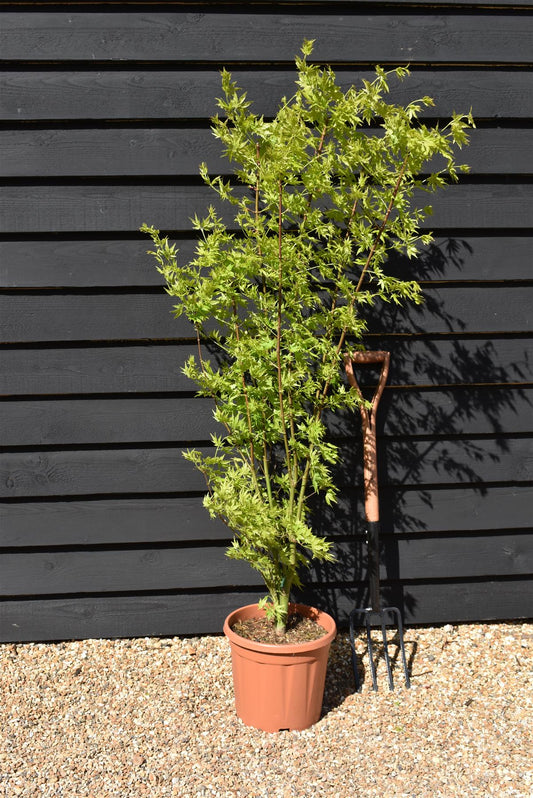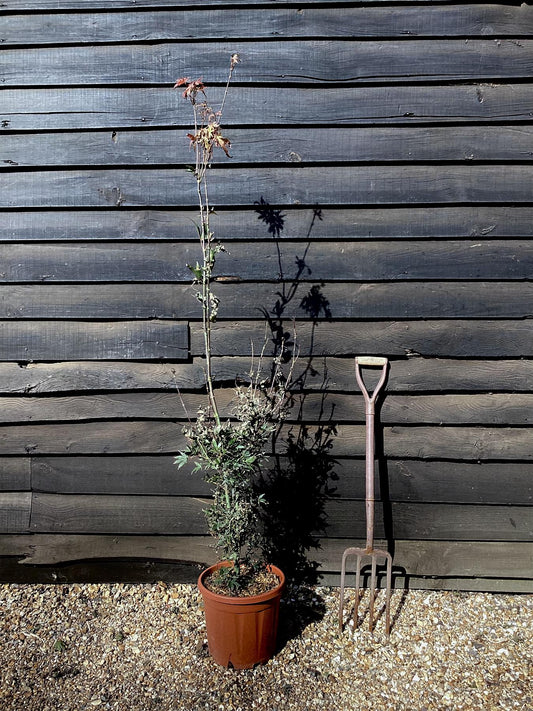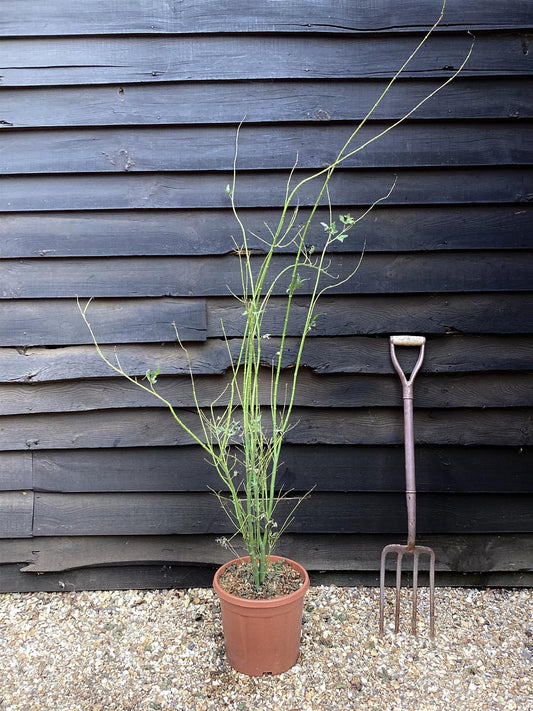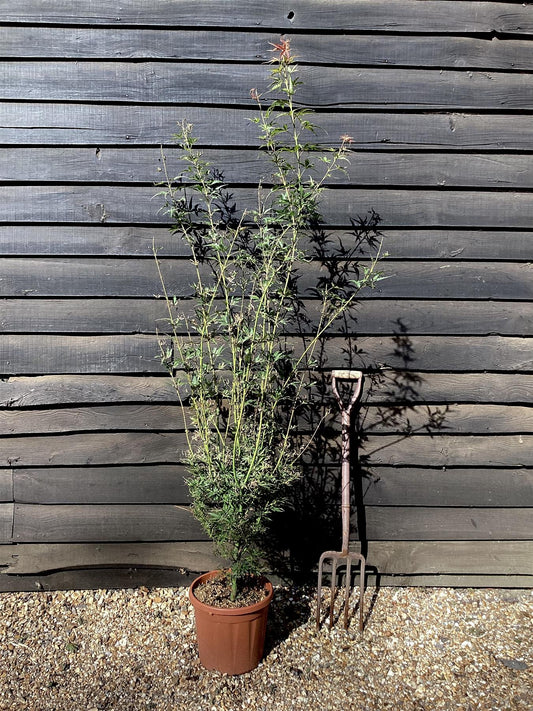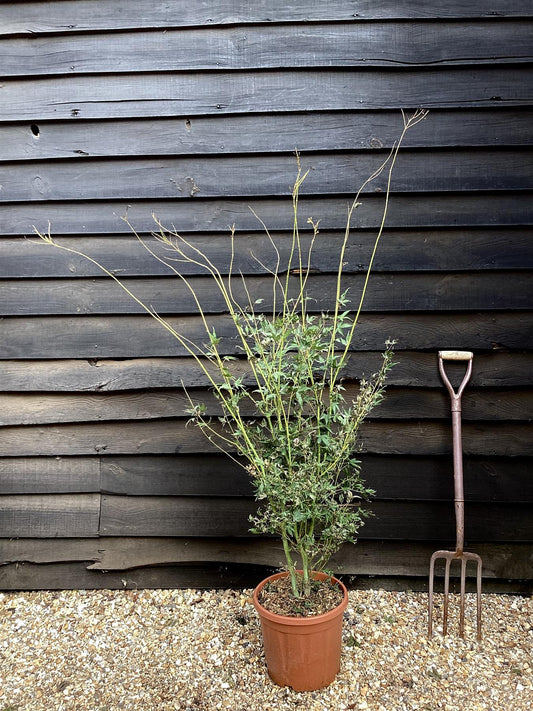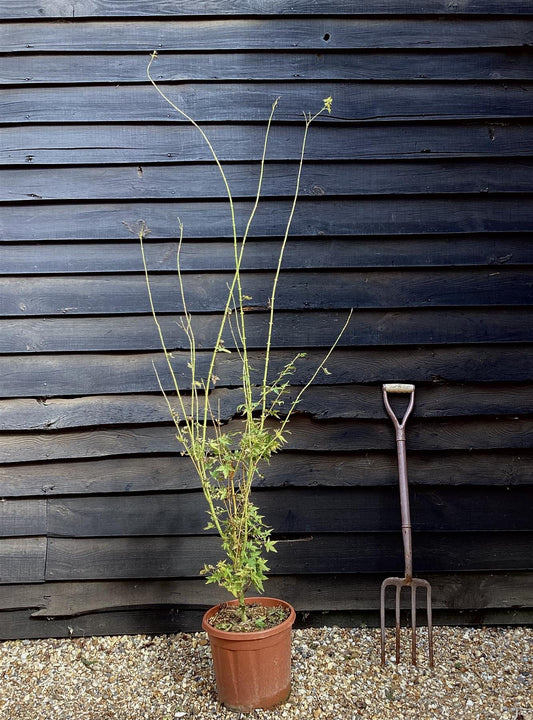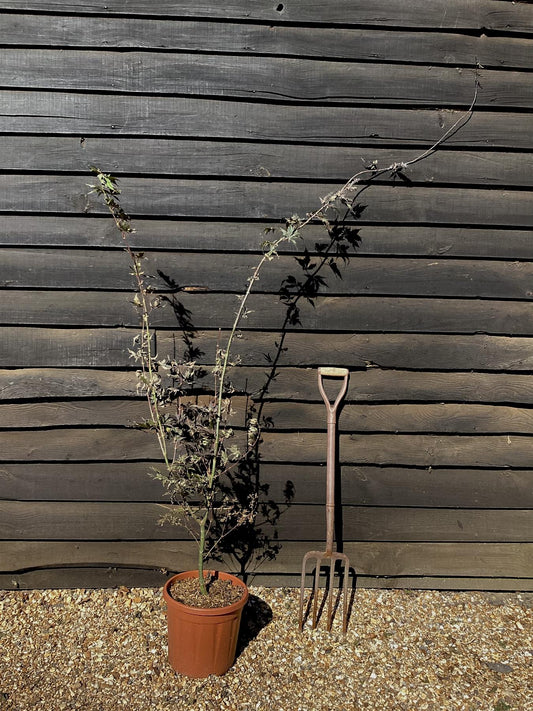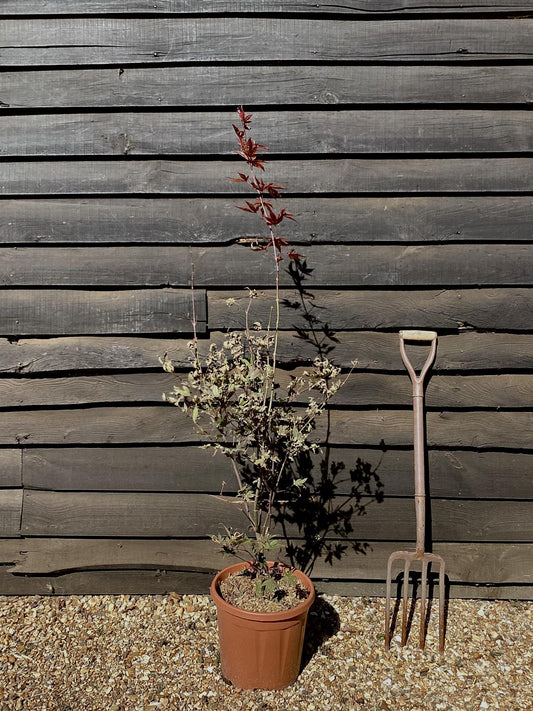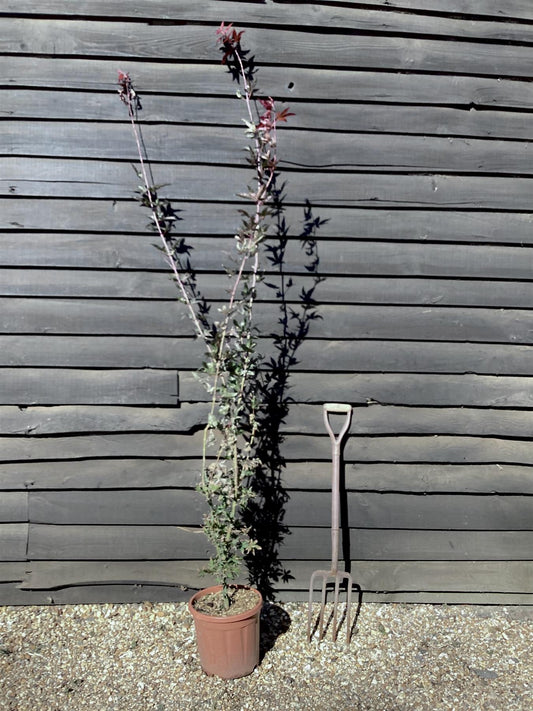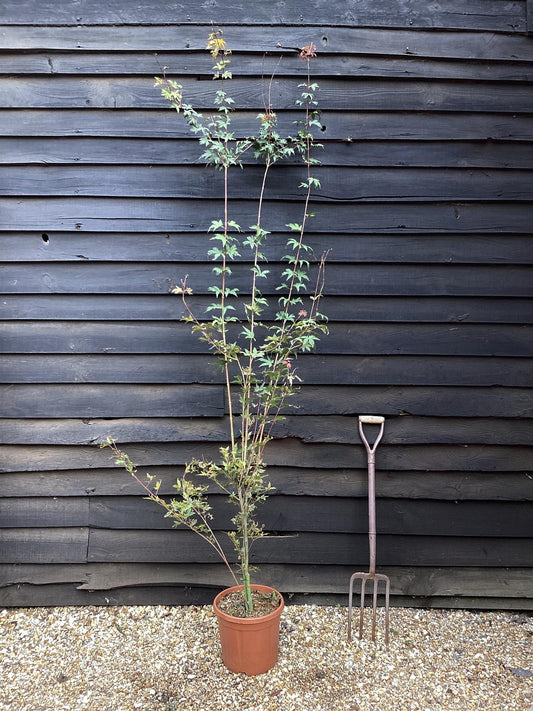Caring for a plum tree to achieve optimal fruiting involves several key steps: selecting the right variety, planting, watering, fertilization, pruning, pest and disease management, and proper harvesting. Each of these steps contributes to the health and productivity of the tree.
1. Selecting the Right Variety
The first step in successful plum tree care is selecting a variety that suits your climate and soil type. Plum trees can be divided into two main types: European plums, which are more suited to cooler climates, and Japanese plums, which prefer slightly warmer conditions. Research local varieties and consult with a nursery to choose a type that will thrive in your specific environment.
2. Planting
Plant plum trees during the dormant season, preferably in late winter or early spring. Choose a sunny spot with well-draining soil. Planting in a location that receives at least six hours of sunlight each day is crucial for fruit production. Ensure the root ball is level with the ground surface and water thoroughly after planting.
3. Watering
Regular watering is essential, especially during the first few years and in dry periods. Over-watering can lead to root rot, while under-watering can stress the tree and reduce fruiting. A good rule of thumb is to water deeply once a week, adjusting based on rainfall and soil conditions.
4. Fertilization
Fertilize your plum tree in early spring before new growth begins. Use a balanced fertilizer or one formulated specifically for fruit trees. Over-fertilization can lead to excessive foliage growth at the expense of fruit production, so follow the recommended rates.
5. Pruning
Prune plum trees annually to maintain their shape, remove dead or diseased wood, and encourage fruit production. Pruning is best done in late winter or early spring. The goal is to create an open canopy that allows light and air to reach all parts of the tree, which helps in reducing disease risk and promoting even ripening of fruit.
6. Pest and Disease Management
Regularly inspect your plum tree for signs of pests and diseases. Common issues include aphids, plum curculio, and fungal diseases like black knot. Implement appropriate control measures promptly, which may include the use of insecticides, fungicides, or organic alternatives.
7. Harvesting
Harvesting at the right time is crucial for the best quality fruit. Plums are ready to harvest when they come off the tree easily with a slight twist and have full color. Harvesting typically occurs in late summer or early fall, depending on the variety.
Conclusion
Caring for a plum tree requires attention to detail and an understanding of the tree’s needs throughout the year. By following these steps and monitoring the tree's health regularly, you can enjoy a bountiful harvest of delicious plums for many years. Remember, patience and consistent care are key to cultivating a healthy and productive plum tree.
Arundel Arboretum has a very wide selection of Plum Tree available at the nursery and for delivery, check out our stock.

